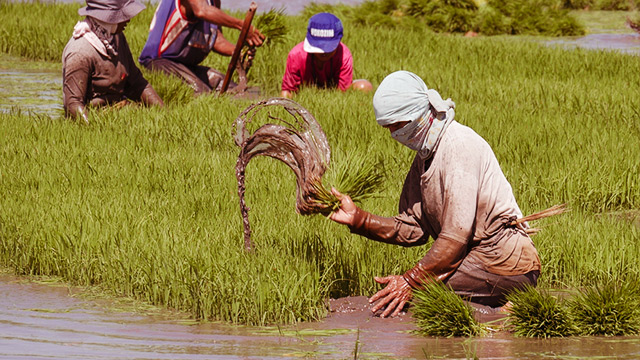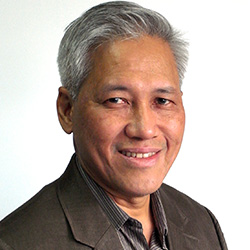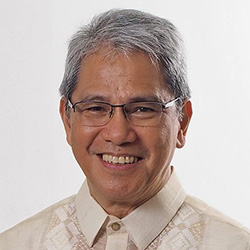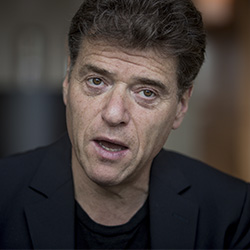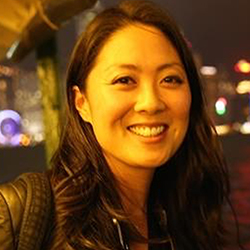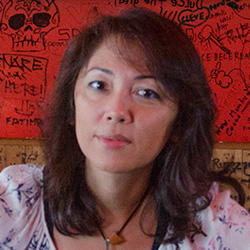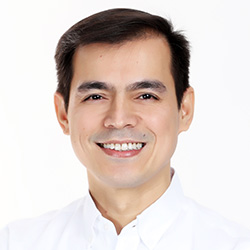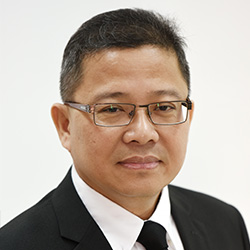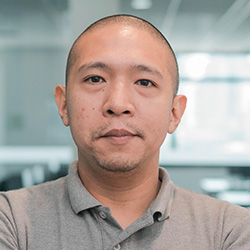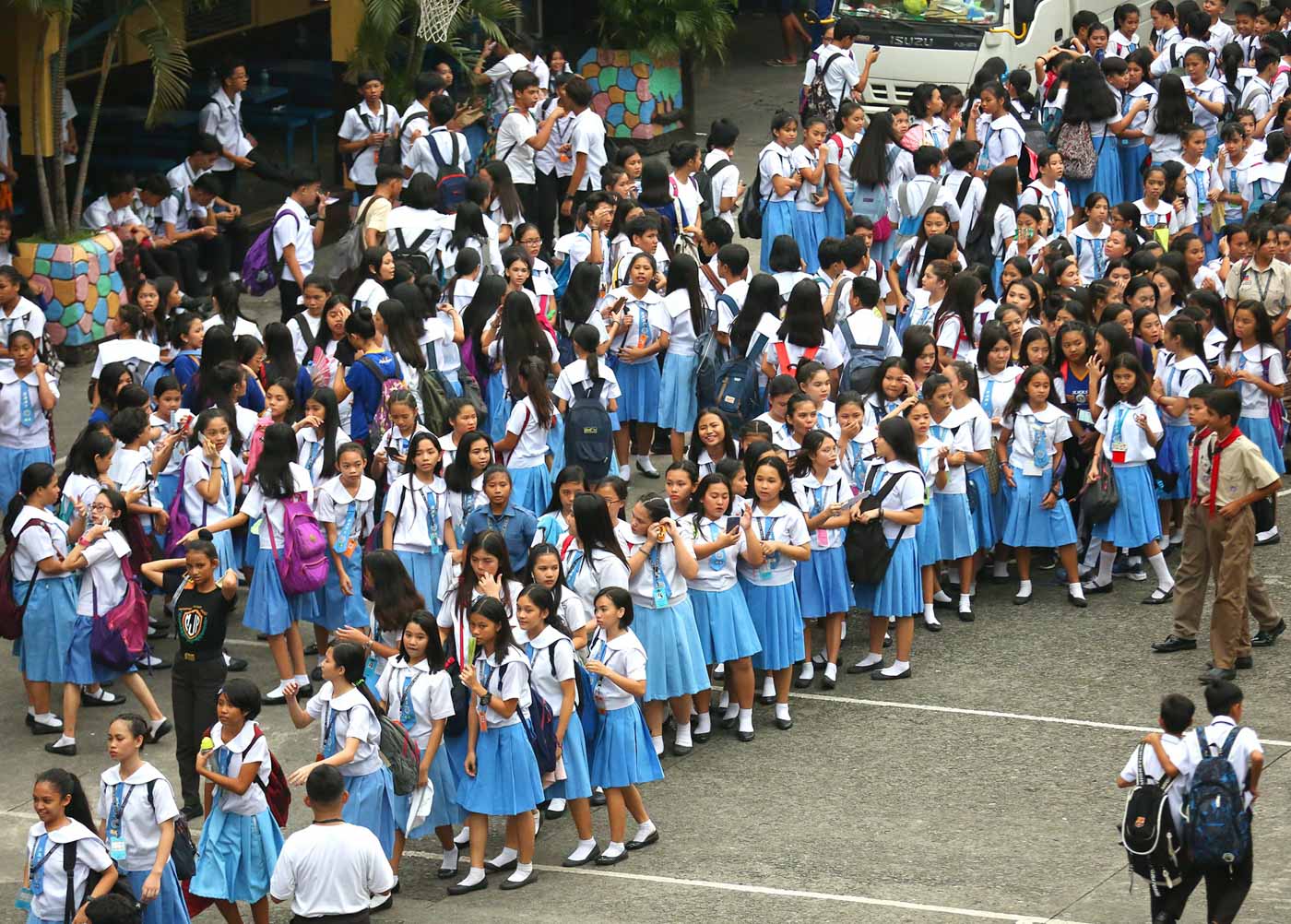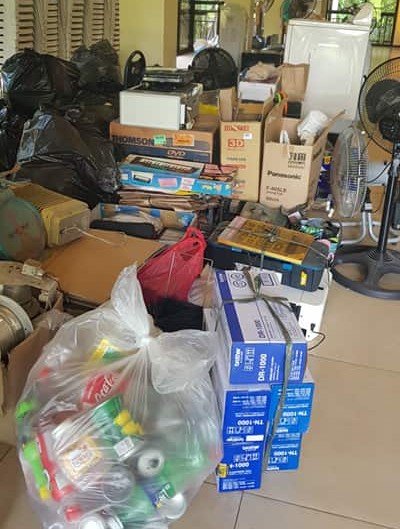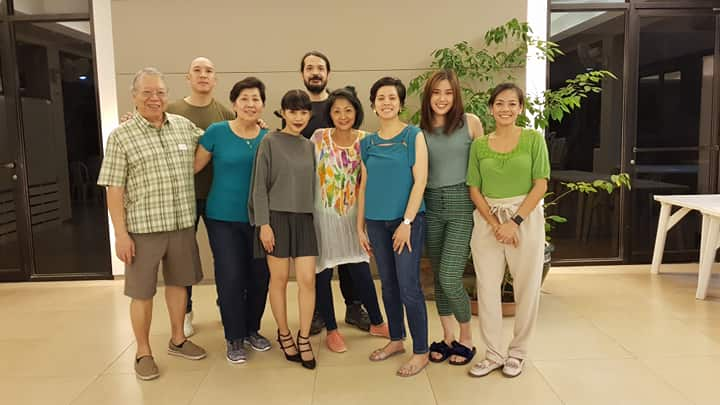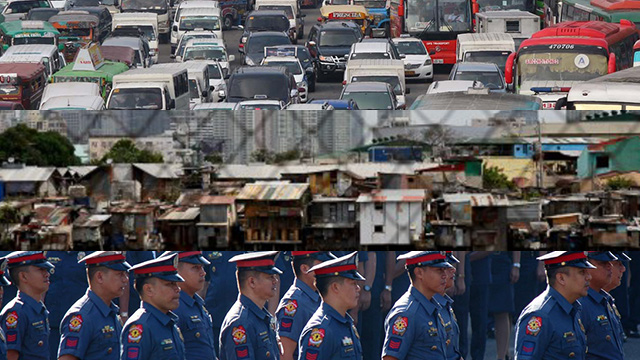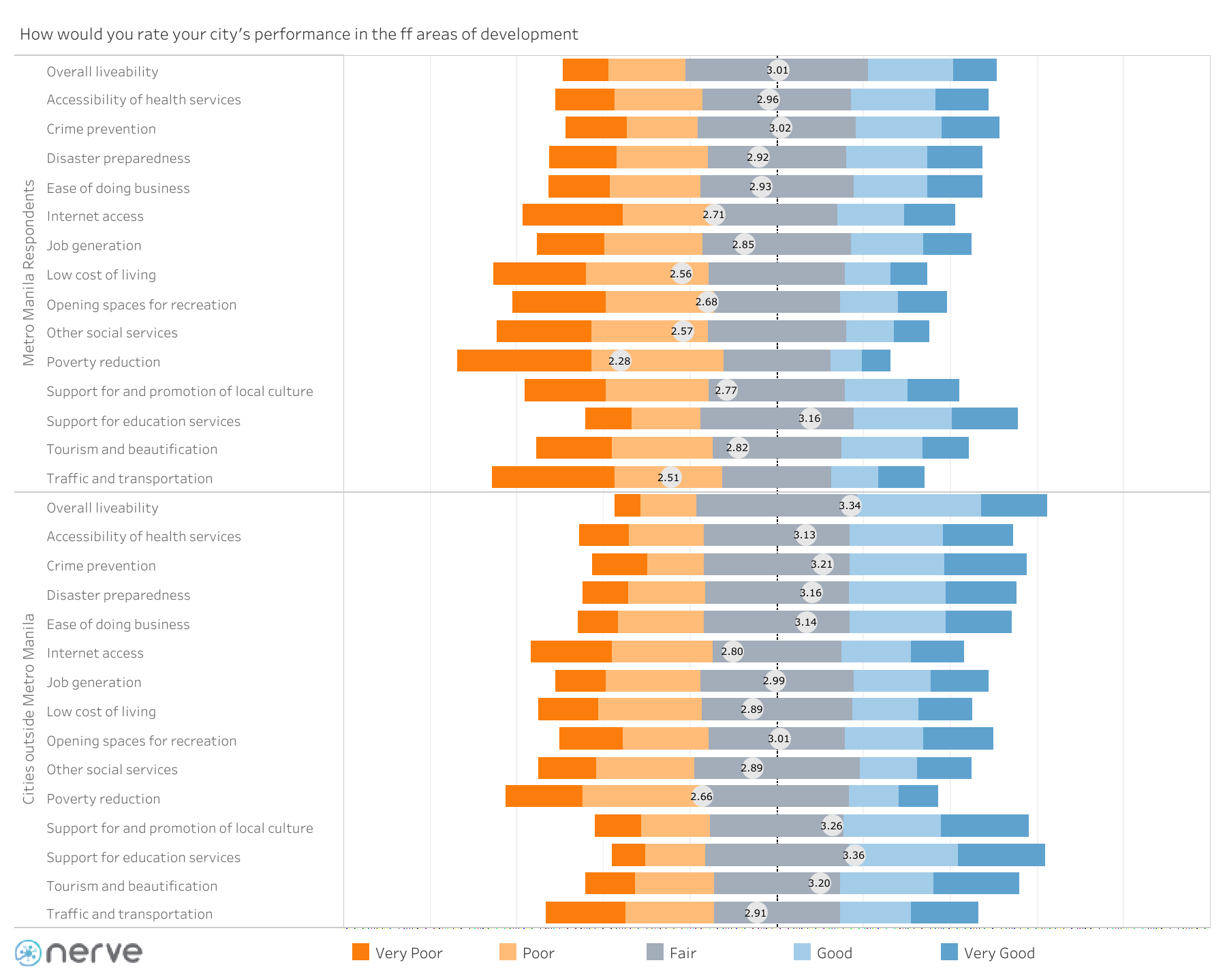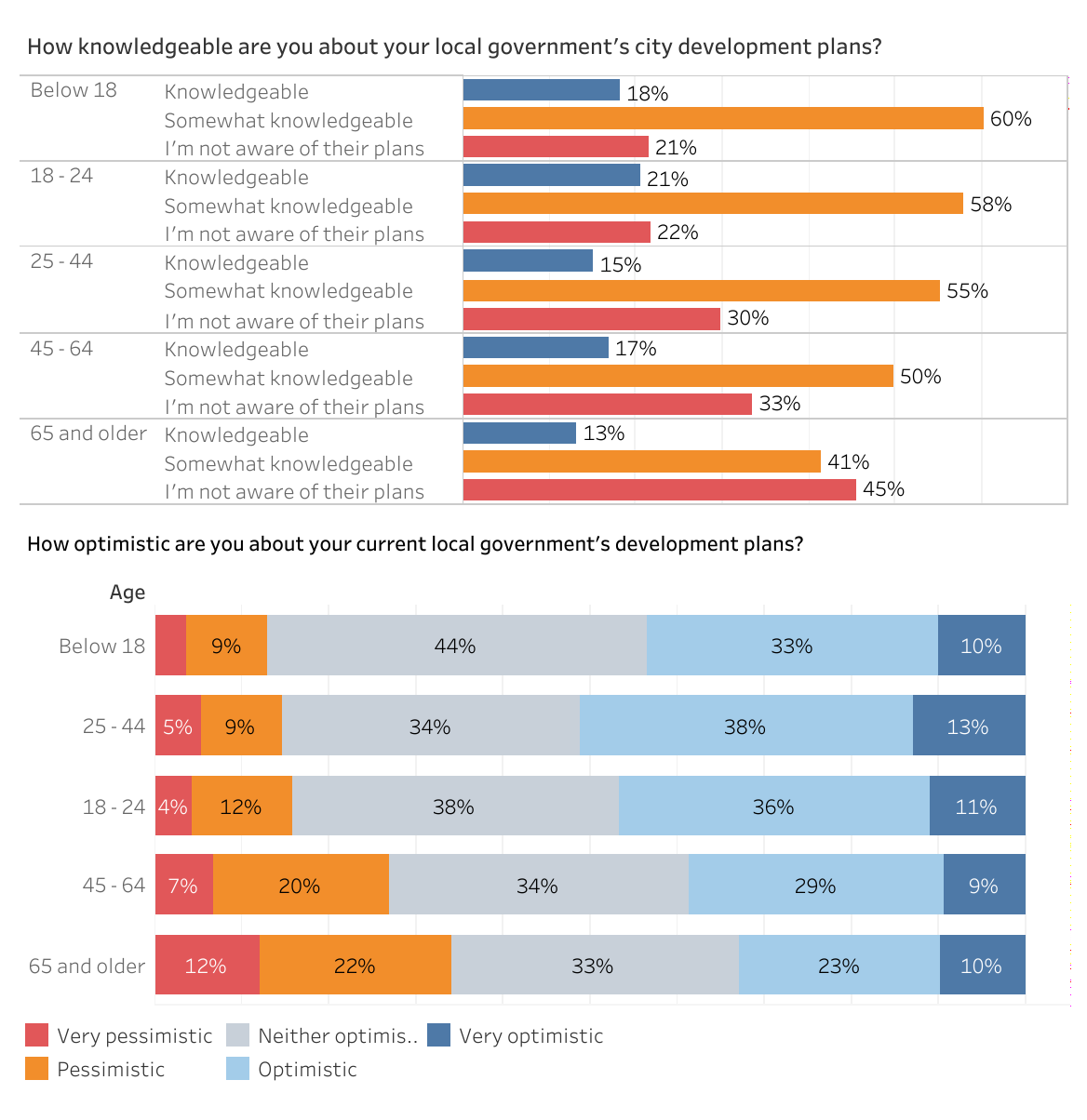![]()
MANILA, Philippines– How can communities empowered by technology and innovation help address the complex problems that come with the global climate crisis?
With the theme, “Insight for Impact,” the 2019 Manila Social Good Summit hopes to showcase how engaging communities and citizens can help them face challenges such as the environmental crisis and urban congestion.
With only 11 years left to prevent irreversible damage from climate change, the conversation on what can be done has to start. But as we confront these issues, our collective search for solutions is hampered by discord and hate in the digital platforms that are now our public conversation spaces.
This year’s summit on Saturday, September 21, 2019, at the Yuchengco Hall in De La Salle University Manila will bring together student leaders, policymakers, community leaders, advocates, and industry representatives to discuss how we can cut through the noise and find avenues for constructive dialogue.
These are the key activities during the 2019 Manila Social Good Summit:
Huddle - Series of breakout sessions that will gather students, partners, and interested individuals for a meaningful discourse around thematic messages connected to the Social Good Summit such as transportation and mobility, media and digital culture, zero-waste living, and gender equality and equity. Each huddle will have a different approach to tackle issues on the sustainable development goals, data innovation, and community engagement geared towards problem-solving.
#InspireCourage Stories - #InspireCourage is a series of 5-minute +SocialGood stories told by organizations and individuals with programs or initiatives tackling pressing issues in their communities that will help the Philippines achieve the global goals by 2030.
XChange - A space for learning, interaction and ideas. It is a marketplace that will feature technologies and ideas that are shaping the world, and showcase partner initiatives around key issues such as environment, media and democracy, transportation, and gender equality.
Insight for Impact Plenary - This is the main event of this year’s summit featuring a series of talks and panel discussions zooming into the world’s most complex and urgent problems such as the global climate crisis, urban congestion, and their impacts on the Philippines. Setting the stage for problem-solving, the plenary conversation will also put a spotlight on how our collective search for solutions is hampered by discord and hate in the digital platforms.
Tickets to the Social Good Summit plenary are limited. You can get a ticket now for free. Those interested in attending the other activities of this year’s summit may send an email to socialgood@rappler.com.
SPEAKERS AND GUESTS (in alphabetical order)
Paulo Alcazaren
Head, PGAA Creative Design
Paolo Alcazaren has been a practicing design consultant in planning, urban design, and landscape architecture for the last 38 years, 12 spent in Singapore as head of PDAA Design Pte Ltd. His advocacies are in heritage conservation along with public parks and open space. He has been the principal planner, urban designer and landscape architect in charge of close to 250 projects in 14 countries. He is currently head of PGAA Creative Design, Manila, part of the PDAA Group. Alcazaren is the recipient of several awards for urban design and landscape architecture from the Philippines, Singapore, and Malaysia, including the CCP Gawad para sa Sining award for architecture in 2016. He is also known for his work as a writer and journalist, winning the NCCA's Alab ng Haraya Award in 2002.
His Excellency Ola Almgren
Resident Coordinator, United Nations in the Philippines
Ola Almgren is the resident coordinator for the United Nations (UN) in the Philippines. He has been with the UN for 27 years, working on humanitarian affairs, development, peace and security, and disaster relief. He was director of the New York Office of the UN’s Organization for the Prohibition of Chemical Weapons, an organization that worked on the removal of chemical weapons in Syria. He was also the Mission Chief of Staff of the UN Stabilization mission in the Republic of Congo, where they worked on the security, restoration of government stability, the return of displaced families to their homes, and the relaunch of community economies after years of political turmoil.
Joy Belmonte
Mayor, Quezon City
Joy Belmonte is the mayor of Quezon City. She served as vice mayor of the city for 9 years. Her advocacies cover a wide area, but are especially focused on the protection and upholding of the rights of women and children, gender fairness, economic empowerment of women, mental health, culture and the arts. She pushed for the establishment of the QC Protection Center for Women, Children and LGBTQ as a one-stop-shop facility for victims of abuse.
Dr. Fabian "Toby" Dayrit
Professor Emeritus, Ateneo de Manila University
Dr. Fabian M. Dayrit is a Professor Emeritus at the Ateneo de Manila University, where he has been teaching since 1983. He obtained his BS Chemistry degree from ADMU in 1975, and his MA and PhD degrees in Chemistry from Princeton University in 1978 and 1981, respectively. He was a research associate at Oxford University from 1980 to 1982. His areas of interest are chemistry of medicinal plants, coconut oil, and environmental chemistry. He was admitted as an academician to the National Academy of Science and Technology Philippines in 2009, and is currently its vice president.
Wilhelmina "Willie" Garcia
Founder, Junk Not!
Willie Garcia is the founder of Junk Not!, a social enterprise focused on transforming regular plastic waste into functional furniture pieces, while providing livelihood to a community and protecting the environment. She is a graduate of Interior Design at St Scholastica’s College, Manila. She is a licensed interior designer and a member of the Philippine Institute of Interior Design since 2006. She attended social entrepreneurship at Youth Encounter Sustainability held in Armenia, Colombia. In 2007, she won the grand prize in the interior design category “The Environment Shapes You” by Metrobank Arts and Design Excellence. She is an advocate of the environment and continues to create art pieces as her means to reduce waste in different communities. Her beautiful furniture pieces and accessories have been exhibited in different events in the Philippines and abroad – Paris in France, Belgium, Germany, and Japan.
Andrew Keen
Author
Andrew Keen is one of the world's best known and controversial commentators on the digital revolution. He is the author of 4 books: Cult of the Amateur, Digital Vertigo, international hit The Internet Is Not The Answer, and How To Fix The Future. Andrew is executive director of the Silicon Valley innovation salon FutureCast and an acclaimed public speaker around the world. He is the host of "Keen On" show, a popular TechCrunch chat show, and was named one of the "100 Most Connected Men" in 2015 by GQ magazine.
Irene Jay Liu
Lead for Asia Pacific region, Google News Lab
Irene Jay Liu is a Singapore-based reporter and editor, with extensive experience in print, digital, radio, investigative and data journalism. She leads Google News Lab in the Asia-Pacific region, where she develops partnerships and programs to promote newsroom innovation and use technology to enhance reporting and storytelling. She was previously an investigative reporter and data editor at Reuters, where she was a 2017 Pulitzer finalist in the national reporting category. Before becoming a journalist, she worked for years in the non-profit and philanthropic sector. While an undergrad at Yale, she cofounded and led Advanced Strategies for Healthcare Access, for which she was nominated for the Ford Foundation's Leadership in a Changing World award and profiled in The New York Times. She teaches data-driven investigative journalism at the University of Hong Kong and Chinese University of Hong Kong.
Chiqui Mabanta
President, Winner Foundation
A Manila resident, Chiqui Mabanta is the current President of Winner Foundation, Arroceros Forest Park’s long-time caretakers. The foundation is part of the Save the Arroceros Movement, a coalition of environment groups that has been fighting for the last few years to keep the Arroceros Forest Park alive. Together with her family, Mabanta also owns and runs multiple businesses such as Corner Tree Café, Mexicali, El Chupacabra, and Crying Tiger.
Benjamin Magalong
Mayor, Baguio City
Benjamin Magalong is Baguio City’s new mayor. He is a retired general who led the probe into the deadly Mamasapano clash in 2015 when he was the chief of the Philippine National Police Criminal Investigation and Detection Group. Magalong belongs to the Philippine Military Academy Class of 1982. In his over 30 years of service with the PNP, he served as a SAF commando and later founded the SAF Seaborne and Sniper Unit. During his campaign, Magalong promised the residents of the country’s summer capital accessible and high-quality government services, environmental protection, effective traffic management, and peace and order.
Isko Moreno
Mayor, Manila City
Francisco "Isko" Moreno Domagoso is the mayor of Manila City. Starting his career in politics at age 23, Moreno served as city councilor from 1998 to 2007. He later served as vice mayor, where he was known for overseeing the passage of ordinances that banned the commercial use of plastic bags, the passage of trucks in Manila during the daytime, and the passage of provincial buses in key roads of the capital. As mayor, Moreno is known for his active social media presence and his efforts to achieve his vision of a clean and vibrant Manila such as promoting “open governance” in the city, leading clearing operations in the city, and preventing any construction that would destroy trees inside Arroceros Forest Park.
John Nery
Convenor, Consortium on Democracy and Disinformation
John Nery is an opinion columnist at the Philippine Daily Inquirer, a convenor of the Consortium on Democracy and Disinformation, and the new board chair of the Asian Center for Journalism at the Ateneo de Manila University. He served as a senior editor at the Inquirer for over 17 years. He is the first Sandra Burton Nieman Fellow in journalism in Harvard University, and was a visiting research fellow at the Institute of Southeast Asian Studies in Singapore. He is the author of Revolutionary Spirit: Jose Rizal in Southeast Asia, published in both Singapore and Manila. He has received recognition for his opinion writing, investigative journalism, and book editing.
Monique Obligacion
Founder, Manila Grows Food
Monique Obligacion has dedicated the past few years to helping build and manage some of the largest and most prominent sustainability-themed online communities in the Philippines. She is the founder of Manila Grows Food, a support group and online resource for urban gardening and composting. Monique is also one of the pioneer administrators of Buhay Zero Waste, a Filipino community with over 40,000 members, all trying to reduce the waste they generate in their day-to-day lives. Monique has been practicing zero-waste with her partner Rocco Mapua since 2016. They recently started Druid Things together – a store that carries select environment-conscious products, as well as a blog that talks about life without trash cans. Together, they have managed to achieve a household that no longer sends waste to landfills.
Sheena Peña
Communications specialist, SAFER Foundation
Sheena Peña is the communications specialist of the Shared Aid Fund for Emergency Response (SAFER) Foundation, a consortium focused on addressing the gaps in financing local disaster relief efforts. As part of a foundation that raises funds for disaster-affected Filipino communities, she wears many hats from capturing touching moments in remote areas of the country to writing inspiring stories on Filipino resiliency. During her free time, she enjoys practicing improvisational comedy and Kendo.
Robi del Rosario
Founder, Uproot Philippines
Robi del Rosario is a passionate and dedicated urban food grower. His desire is to create sustainable and thriving communities through UPROOT, a for-purpose enterprise that creates impact by harnessing the power of aquaponics, connecting communities to businesses, improving workplace nutrition and creating an economy that benefits all. Among its services is a vegetable subscription, where food is made accessible and affordable, while providing a sustainable livelihood to communities.
Resham Saeed
Binibining Pilipinas Supranational 2019
Resham Saeed was born in the Philippines but was raised in Toronto, Canada. In 2018, she returned to the Philippines. She later joined Binibining Pilipinas 2019 and became a Muslim-Filipino Binibining Pilipinas winner after she was crowned Binibining Pilipinas Supranational 2019. Resham is a proud advocate for gender equality and women empowerment, serving as an ambassador of Spark! Philippines’ #RespetoNaman campaign, which is focused on tackling the issue of rape and sexual harassment in the Philippines and empowering women to rise up and speak up.
Stephanie Sy
CEO and Lead Data Scientist, Thinking Machines
Stephanie Sy is the founder of data science consultancy Thinking Machines. She has built machine learning models for organizations in both the private and public sectors, including the World Bank, Ayala Corporation and UNICEF, and has expanded operations to Singapore. Stephanie has been invited to speak at the United Nations in New York about technological innovation. The Filipina tech leader was included in the "Forbes 30 Under 30 Asia" list for 2018, which includes movers and disruptors in their particular industries, young entrepreneurs, and innovators. – Rappler.com
![]()







